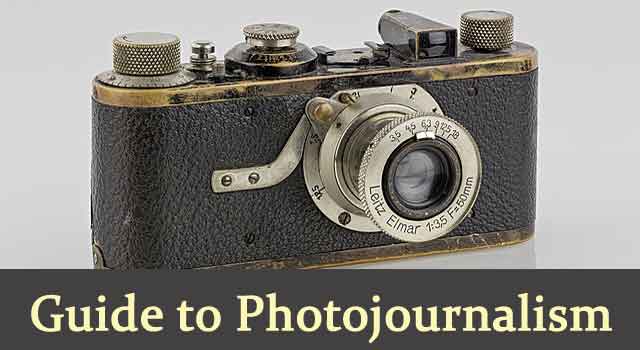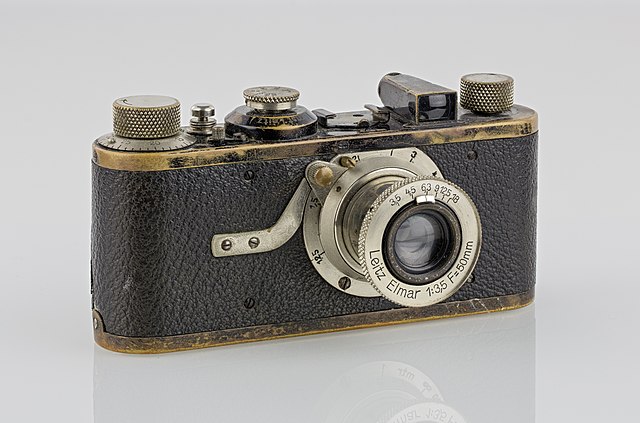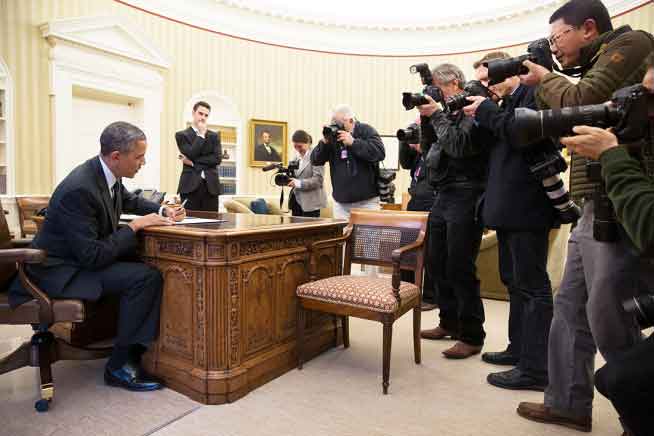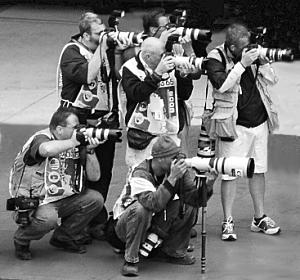
Photojournalism – Scope, Ethics, Importance
If you are wondering about the meaning of “Photojournalism“, you guessed it almost right. Yes, it is a form of journalism. But one factor that makes this form stand out from the rest is “Creativity”.
Today we will talk in depth about this particular (we can say) genre of journalism. So read along to understand why photojournalism is one of the strongest and most influential forms of creativity in the field of news and storytelling.

According to wiki, “Photojournalism is a particular form of journalism (the collecting, editing, and presenting of news material for publication or broadcast) that employs images in order to tell a news story”. Also, what is included in broadcast journalism is not only pictures but also videos.
And the people who create these pictures and films to tell their story or convey a news are called as “Photojournalists”.

Photojournalism – A Form of Photography?
Most of us probably understand that photography is all about capturing and preserving memories and apparently that is why most of us go as photographers. But photojournalism is one such form of photography that apart from capturing memories, but it enhances communication and greatly conveys messages visually. Of course, you might already know this but what most people don’t know is that Photojournalism is not only a form of photography but a creative way to tell a story. It is because of this art that a writer’s or a journalist’s words gain more strength and weightage. Photojournalists act as a backbone and provide more life and appeal to an author’s words.
We can remember a famous quote “A picture is worth a thousand words.” – by Mr. Fred R. Barnard
Ethics of Photojournalism
Ethics are the moral principles that a Photojournalist has to follow. Ethics is a very important word in journalism. A photojournalist must know what is right and what is wrong. “Truth” is the core ethic of photojournalism. Pictures should speak the truth; it’s all in the creative eyes of a photojournalist. With a few clicks of a mouse, you can completely change the photograph and it is a happening fact. A professional photojournalist is a person who takes his profession seriously and never manipulates his work. This ethics benefits him to be a successful photojournalist.
Nature of Photojournalism

Photojournalism has been distinguished into several forms. If we look into street photography, the purpose is to capture the reality on the spot. The basic principle of Street or Documentary Photography is not to spoil the ethics by altering a scene. A character should behave like they are not being photographed.
Where in Social Documentary Photography we find lot more preparations and involvement. It is a long-term project where the photographer has to work the group for a long time in order to capture candid images. The main difference between street photography and social documentary photography is the characters or subjects that are being photographed.
Photojournalism as a Career
If you are interested in experiencing the reality of the world and make the world to understand the news by presenting an image, you are standing on the right path to move. In order to become a Photojournalist, you have to be able to convey the emotions present in it. If this is your passion, you can get started with the following as a guide.
How to become Photojournalist?
To become a Photojournalist, you do not require formal education. Having a background in areas like journalism, graphic arts, new media, visual communications, interviewing skills and photography gives a huge advantage to work as a photojournalist which boosts your skills too. Pursuing a degree in one of the recommended areas would also be a great way to secure a job in this field. A good photojournalism school or an institution that teaches photojournalism are in abundance and you’ll have to sift through the data to find just the right resource that fits your budget and schedule. Most quality colleges have photojournalism courses taught by either active professionals or those professionals who’ve decided to teach their trade to up and coming photojournalists.
In some countries holding a certification from concerned University related to Photojournalism is mandatory to work as Photojournalist.
Technical Skillset Required to become Photojournalist.
DSLR Photography
Videography
Photoshop
Video Editing Tools like Adobe Premiere Pro and After Effects
Website Design
Digital Imaging Photography
Visual Communication
Freelance Photography
Other Skillsets
Basic knowledge of political and social topics.
Amazing Photography skills
Interest in current events
A talent for recognizing interesting stories
Ability to understand the mood of the moment
Ability to present facts clearly through pictures
Must be comfortable and calm around people
Different Career Options for Photojournalists
Documentary filmmaker
Web Designer
Graphic artist
Multimedia Journalist
Freelance photojournalist
Newspaper Photographer
Magazine Photographer
How to get started?

Source: Wikimedia
Create a Portfolio which is a compelling thing to have if you want to be a photojournalist. Take lots of photos; put together your best work. It helps in enhancing your skills and also take a feedback from outside world by displaying on the websites or try entering photography contests. You will get to know where you are lagging.
Build a contact with professional photojournalists who are currently working in the Industry. Ask them for a reference to get into photojournalism.
You can work as an independent contractor by submitting your portfolio to the concerned person who is willing to purchase them. You could also sell the photographs for publication to a book publisher. It will be helpful to pursue internship opportunities while completing your degree at magazines or newspapers.
Joining popular photojournalism institutions can be a big advantage as they would have continuous touch with media houses. If you will be able to get some certifications or a Degree from concerned University, It will be a Big Plus.
Conclusion:
Photojournalism is not only an art form but a science as well. It’s not to be taken lightly as it can be quite the challenging career that calls for swift action and good planning. It requires a full knowledge of the basics of journalism as well as the art and science and philosophies of photography. If you are passionate about Photography and Journalism, Photojournalism is the ideal career option for you.










I have few inputs on Photojournalism Courses
Photojournalism (Photojournalism – Australia)
It can be argued that photojournalism is one of the most reliable and immediate forms of communication giving evidence of events globally. In an environment where the need for information is insatiable, photojournalism helps to answer questions and give rise to new ones. This course explores photojournalism and its many differing forms in the digital age.
You will look at traditional ideas of photojournalism and news reportage (ie: war reportage – photographers in the field) and discuss whether editorials in lifestyle magazines and newspapers are considered true forms of photojournalism. Students will have the opportunity to meet guest photojournalists and industry representatives. Over the duration of the course you will work on your own project, bringing together photos and/or text to create your own piece of photojournalism.
Diploma in Photojournalism
Provider – Australian Correspondence School
Freelance writing, Advanced freelance writing, Introduction to publishing, introduction to photography, photo practice, photo technology, digital photography, landscape photography, people photography, computer studies, introduction to psychology, marketing I, marketing II.
Industry / conference seminars (100 hours)
2 * 200hr research projects
Photojournalism
Provider – Focal Point
This course seeks to broaden the student’s awareness of the world we live in and help them create images in which to portray it. Students are encouraged to find their “voice” and expand their communication skills through photo essay assignments. Camera equipment and techniques specific to photojournalism, picture editing, basic picture layout, ethics and legal limits, press, documentary and editorial photography will all be covered in this informative and well-rounded class.